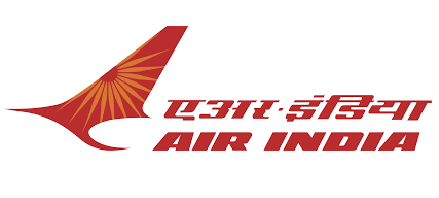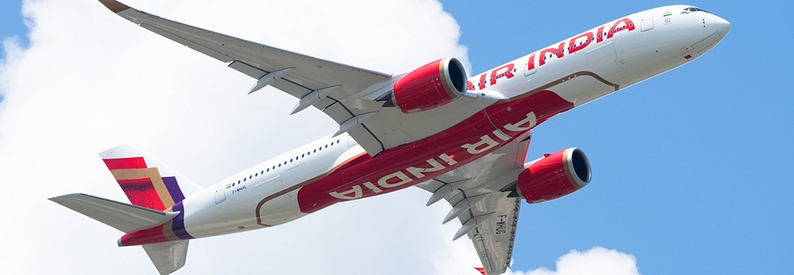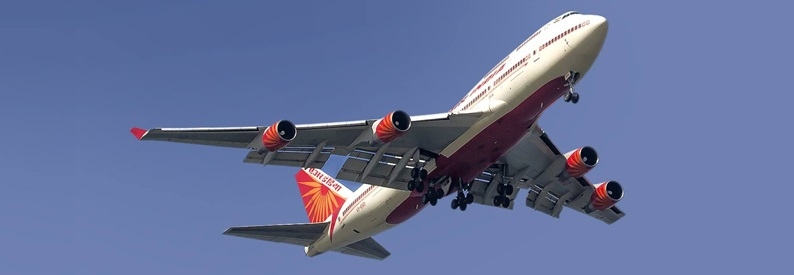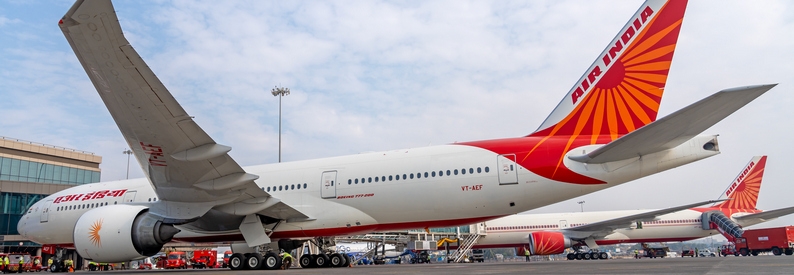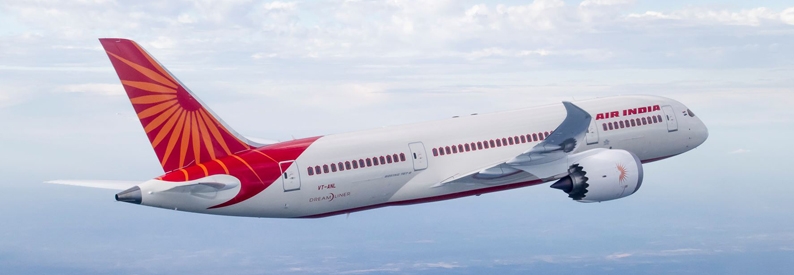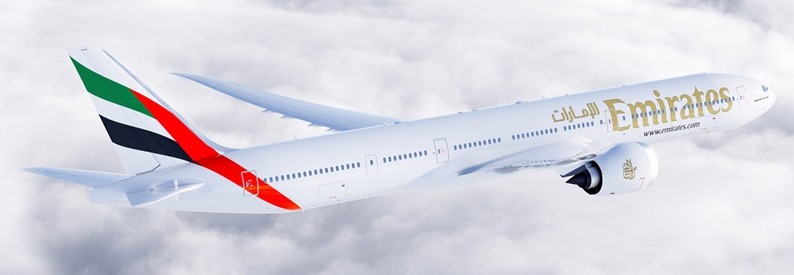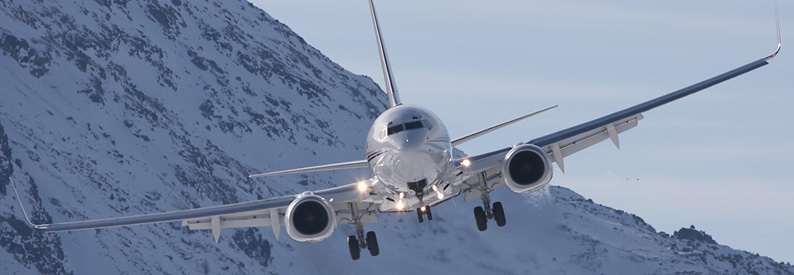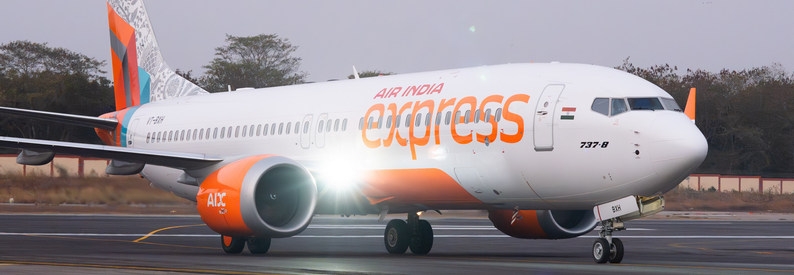The Indian Government has unveiled a draft proposal to enhance air connectivity between Indian states and international destinations.
As with its already operational sister programme, the Regional Connectivity Scheme (Ude Desh ka Aam Naagrik - UDAN) wherein India's Central and State governments subsidize thin and underserved domestic routes, the International Air Connectivity Scheme (IACS) will seek to make international air travel more accessible to India's general populace again via state-backed subsidization. As with RCS, viability gap funding, if any, will be determined by the difference between the cost of airline operations and expected revenues on international routes.
"Certain State Governments of India ... felt that facilitating/stimulating international air connectivity would be desirable from a public policy perspective and may need financial support, at least in the initial period, to trigger participation of airlines," a draft proposal issued on Wednesday, August 22, said.
"Such State Governments desire to have direct scheduled flights between their respective states and select international destinations to promote socio-economic growth. It is in this context that the subsidy scheme was envisaged for promoting international air connectivity between select destinations in the state and international destinations, as decided by the State Governments."
In terms of eligible airlines, only those that are designated Indian carriers as of March 2018 are eligible for IAC. As such, that would limit the pool of potential beneficiaries of the IAC to six carriers whose AOCs, the DGCA register reflects, are currently endorsed for scheduled international passenger operations namely Air India, Air India Express, GoAir, IndiGo Airlines, Jet Airways, and SpiceJet. AirAsia India and Vistara are expected to be compliant by year-end.
In terms of fixed-winged operations, a route will be deemed eligible for IACS funding if it has seen no scheduled commercial traffic for the last two flight schedules as published by the Directorate General for Civil Aviation (DGCA).
Once granted to an operator, an IACS route will also have to see at least three and at most seven departures per week. Operations must also be carried out by 70+ seater aircraft.
Although the IACS is regulated by the Indian government, any proposed IACS Route will also have to be guided by the terms of the Bilateral Air Service Agreement in effect with the respective country. The draft also makes no mention of how foreign countries may react to competing with subsidized Indian carriers.
Comments are due by September 4.
